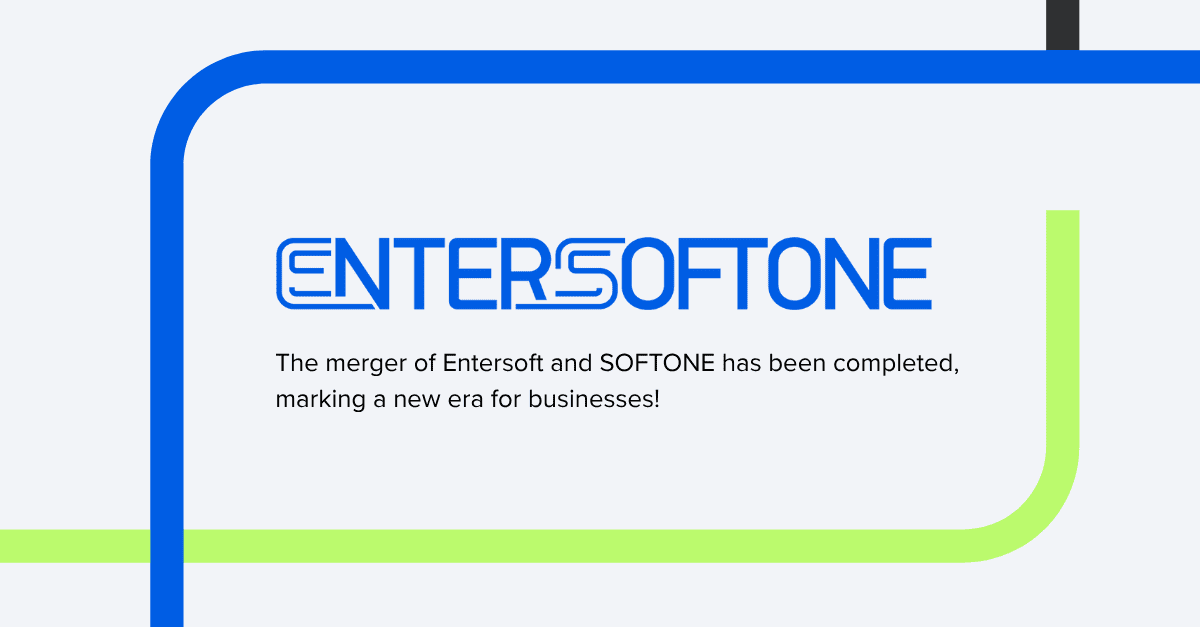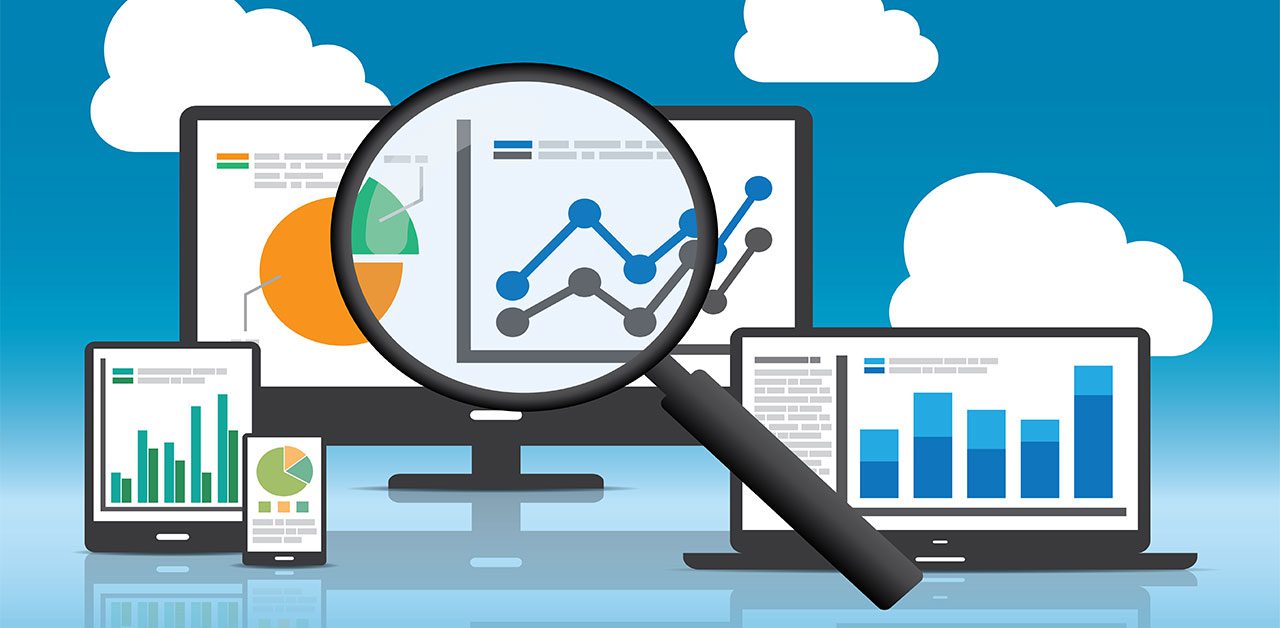Share
Read also

News & Events
ENTERSOFTONE: The merger of Entersoft and SOFTONE has been completed, creating the largest provider of business software products and services in Greece and Southeast Europe.

Mobility
Outlook for the BYOD and EM market from 2025 to 2035

Cloud
The Cloud CRM market will see impressive growth by 2033

Mobility
Key trends in Sales Force Automation
Comprehensive feature overview
One of the primary advantages of BI tools is that they offer valuable customer insights, when you don’t have an accurate view and want to improve your relationship with your customers. For example, do you comply with best practices and use all CRM tools during transactions? Are there any barriers that you need to overcome in regard to your transactions? Do you have a sufficiently manned support team? Do you offer a comprehensive experience to higher value customers? These are some of the first questions you need to be asking yourselves.
Do you know what you’re looking for?
BI tools provide the best results when you already know what information you’re looking for. You need to be aware of the extent of the information that your CRM solution offers. After deploying a BI solution, you have to pinpoint the key metrics that you wish to find. Customers provide a huge amount of information, a big part of which is made available through social networks. It would be advisable to have a social CRM strategy in place, so that you can easily identify the information you already have and the customer data that you’re currently missing.
What is the impact of BI insights?
Having the right data is not enough. You also need to know how you’re going to use them in order to improve the overall customer experience. Write down how you expect the BI insights flow to affect your business, both in financial and productivity terms. Finally, consider how this tool will transform your business operations, either as a whole or in part.
Do you have the right BI tools?
Choosing the right BI solution (for your business) is of vital importance. Make sure that your BI tools can be integrated into the existing CRM system, either directly or via an API.
What can I do with the BI data?
The first step is to deploy a BI tool, which will provide real-time processing of the CRM data pertaining to your business operations and your interaction with your customers. The BI tool will identify the strengths and weaknesses in all customer-related transactions and graphically display the results in charts or reports. Then, it is the managers’ responsibility to decide what to do with this data: re-allocate resources, re-organize workflows or fully restructure processes or transactions with customers.
Trial and error
As the case is with all business tools, in order to gain the best results from your BI solution, you need to go through a trial and error phase. Make small or significant changes in your transactions and evaluate the results in customer satisfaction, productivity, revenue and other important metrics, as you would if you were doing an experiment.







